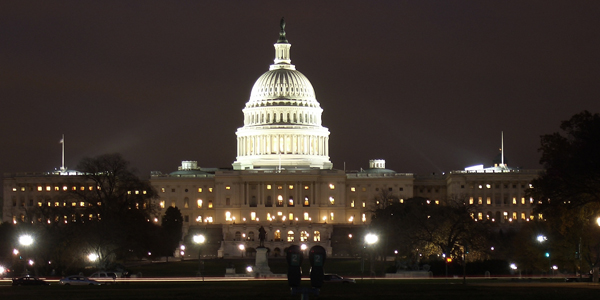In recent years, biotechnology research has undergone astounding growth. This growth has been attributed to many factors, among others, animal cloning, the human genome project, and pharmaceutical research and development. As a result of urgency to gain property rights over these advances, the biotechnology field has seen extraordinary growth in the number of biotechnology patents that have been filed at the United States Patent & Trademark Office (USPTO).
Biotechnological inventions may include microbes, cell lines, tissue generation, antibody production, proteins, nucleic acids, microorganisms and transgenic multi-cellular organisms.
Biotechnological inventions possess properties that pose unique challenges to the patent system. For an invention to be patentable, it must be (1) patentable subject matter, (2) useful, (3) novel, (4) non-obvious, and (5) sufficiently enabled and described. In order to be patentable, an invention must be useful. Although this requirement does not require an invention to be commercially useful, the invention must be of some measurable benefit. Often, the written description and enablement requirements will sufficiently disclose an invention’s usefulness, however, a “practical utility” is not always evident in a biotechnology invention. A biotechnology invention must be developed and refined to a degree facilitating the existence of a specific benefit.
Courts have applied a more stringent test for “usefulness” in biotechnology patents, thus requiring such patent to have “practical utility.” Applying this requirement, during prosecution, USPTO examiners have rejected biotechnology patents failing to disclose a therapeutic value.
Of further particular relevance to the prosecution of biotechnology patents is the predictability of the relevant art. The USPTO and Federal Circuit subject biotechnology to a heightened standard of “enablement” due to the unpredictability of this art. Practicing a biotechnology invention may present greater difficulties than other, more mechanical arts, because the subject matter is significantly more inexact. Therefore, as a prerequisite to patenting a biotechnology invention, the Federal Circuit has generally required very precise enabling disclosures.
Moreover, the Federal Circuit has generally required a heightened written description requirement as well in view of the unpredictability of biotechnology.

